Home › Forums › Everything Else related to Kingsbridge, Riverdale, and Spuyten Duyvil › How Was Fieldston Names? When Was Riverdale Born? – Here Are Some Answers
- This topic has 7 replies, 6 voices, and was last updated 1 year, 4 months ago by
bstein.
-
AuthorPosts
-
-
August 27, 2024 at 4:41 pm #4353

-
August 27, 2024 at 4:44 pm #4354
A Fun Article by Charlotte Livingston Kughler, in the Yonkers Statesman, on October 19, 1966.
Livingston Kughler was very active in the Kingsbridge Historical Society, and a well-respected painter.
-
August 27, 2024 at 5:49 pm #4355
It is a fun article! Here’s a Charlotte Livingston Kughler watercolor of Spuyten Duyvil with the old Cox mansion up on the hill on the left:
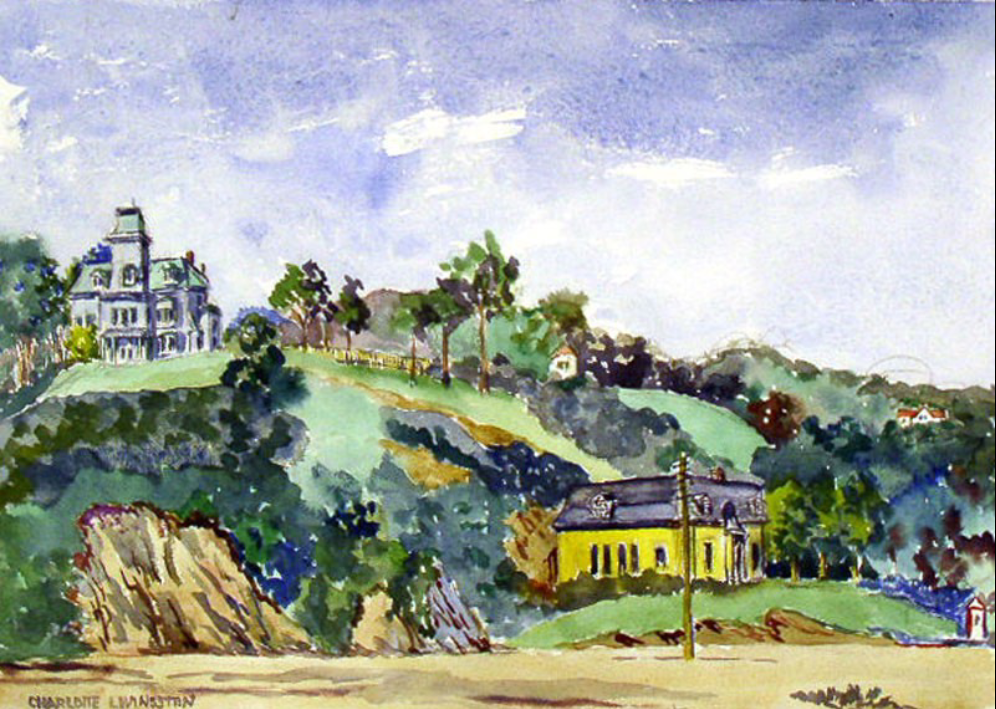
And another Spuyten Duyvil view by her husband, Francis Kughler:
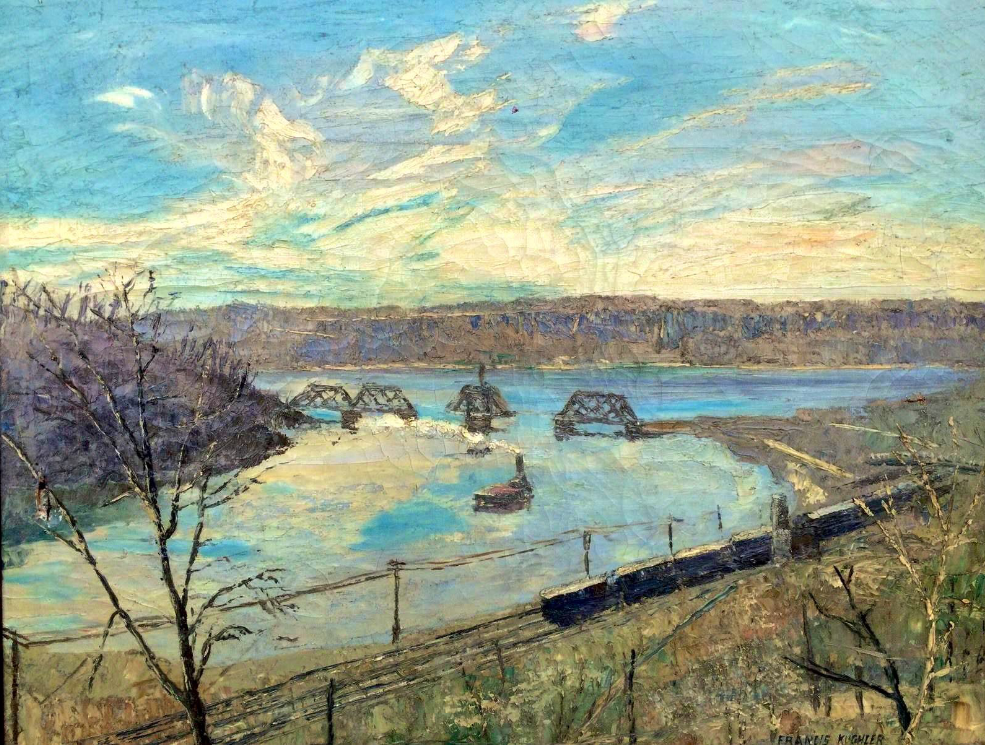
-
August 28, 2024 at 2:51 pm #4358
John McNamara stated in his book, History in Asphalt ” that The Park, Riverdale was originally planned in 1856 as the centerpiece or an idealized neighborhood, but this never developed beyond the planning stages. In 1868, it was a small neighborhood park consisting mainly of the South End. The other areas were owned by the Delafield, Dodge, Douglas, and Perkins families, who donated the land to the New York City in the 1940s with the provision that it be kept in its natural state. In 1886, John Thomas Scharf in his ” History of Westchester County: New York, Including Kingsbridge etc. states also that in 1853, the Village of Riverdale was laid out.
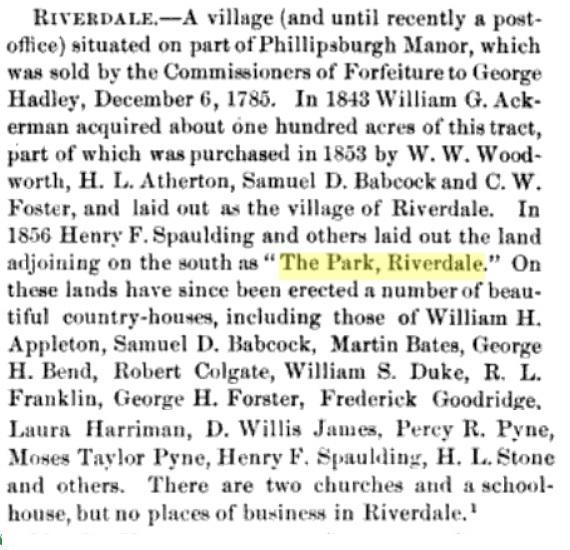
-
August 28, 2024 at 9:28 pm #4359
TO put a face to the name, Charlotte Livingston(1898-1991) and a painting she did of Giles Place in 1919. Her portrait was painted about 1935 by Francis Vanderveer Kughler her future husband. Charlotte lived most of her life in a private home on Kingsbridge Terrace. She was also a long time trustee of the KHS and her husband was a member.
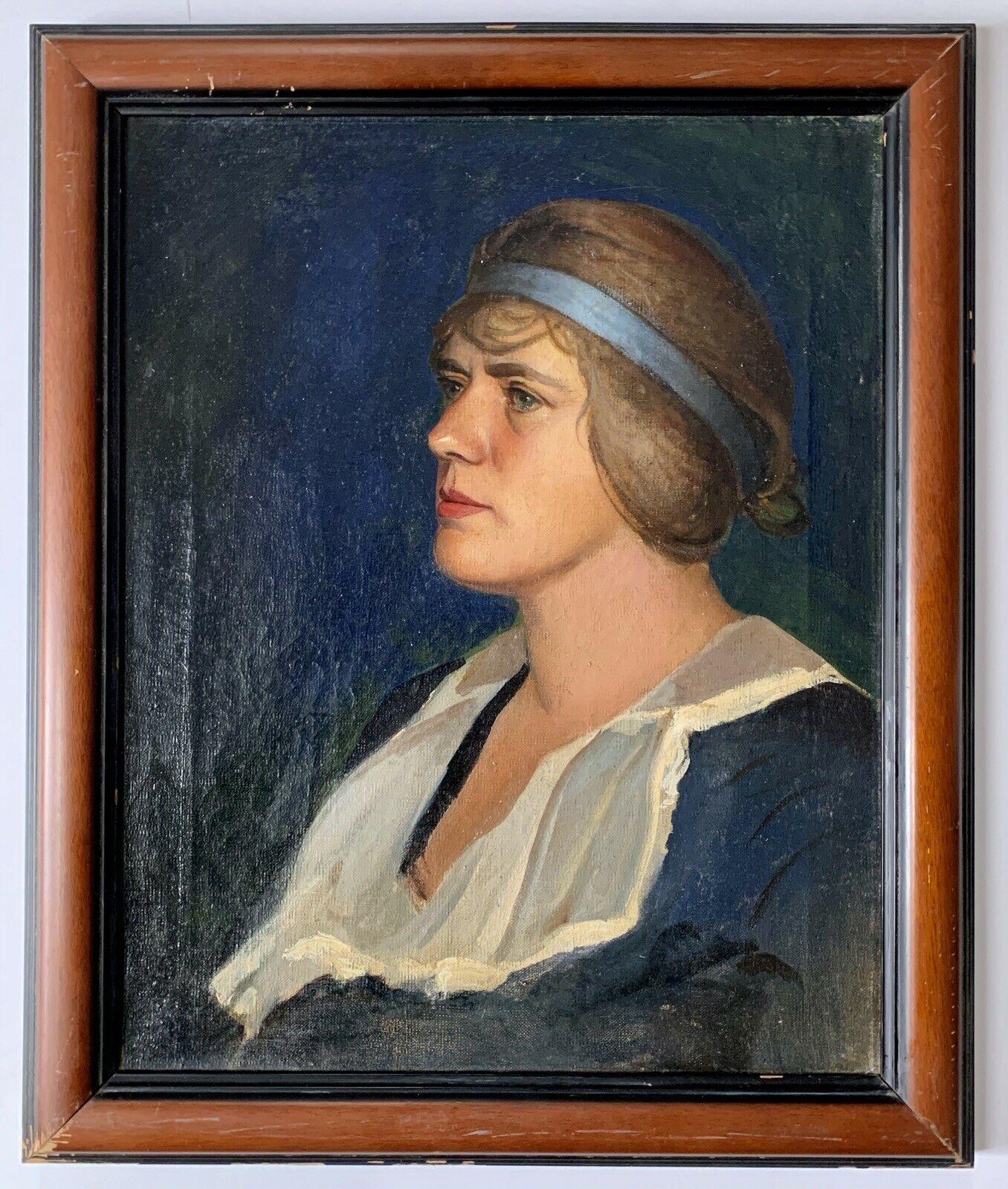
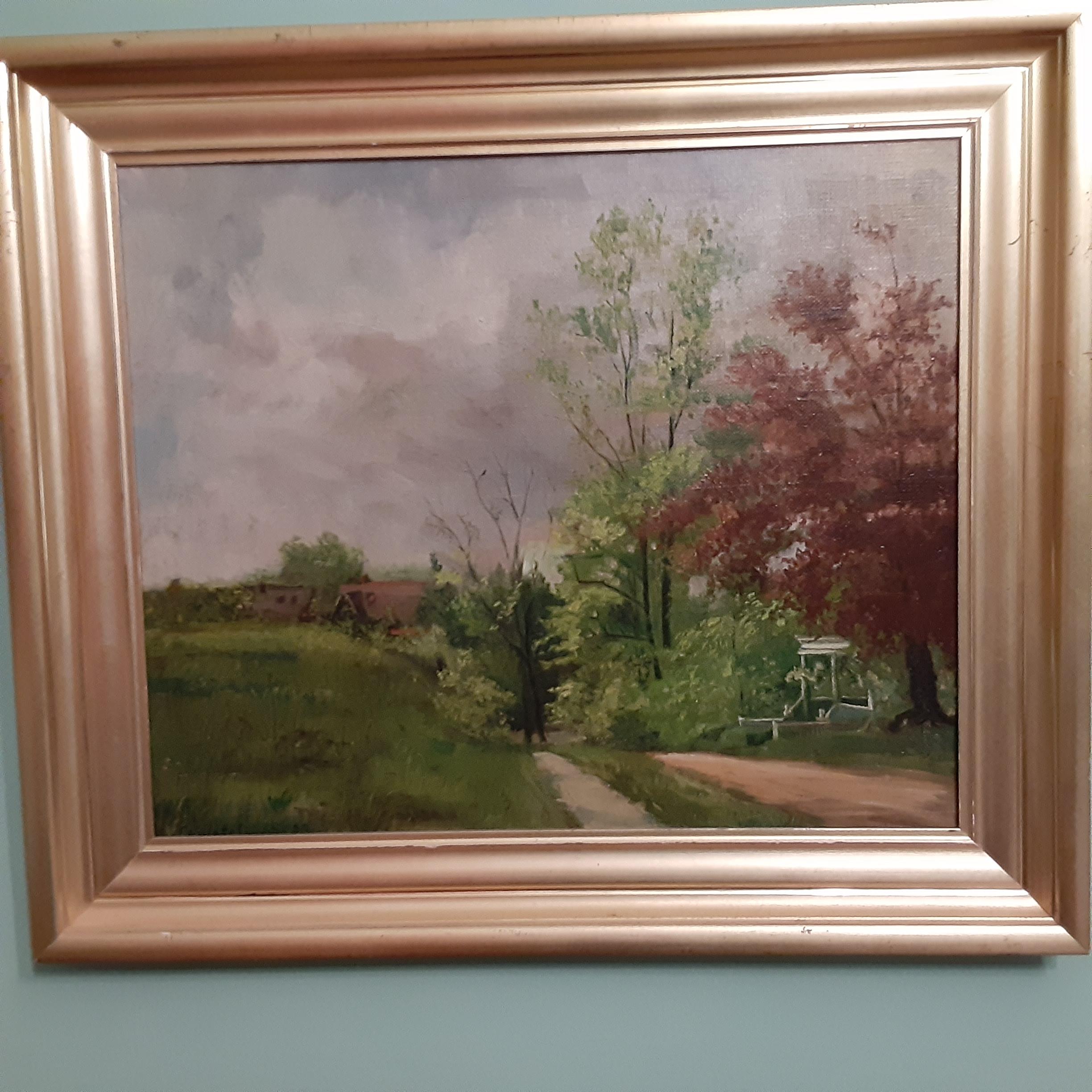
-
August 29, 2024 at 1:02 pm #4362
Peter,
Thank you the images. Are they available to view to the public ?
-
August 29, 2024 at 2:27 pm #4364
In 1852, five wealthy New Yorker investors, headed by William Woodward, bought the part of William Ackerman’s farm that William Lewis Morris hadn’t already bought for what we know as Wave Hill. Their villa community to the north of Wave Hill was named “Riverdale.” It is the earliest known suburban railroad development. (The Hudson River Railroad had reached lower Westchester county in 1848 or 1849, making commuting to New York City easier for business men.) In 1856, a second development, almost a replica of the famous Llewellyn Park (New Jersey), was established by four New York merchants, headed by Henry Foster Spaulding. It was known as “The Park Riverdale” and included “ornamental pleasure grounds and walks” for the enjoyment of villa owners.
-
August 29, 2024 at 4:52 pm #4365
As part of its December 3, 1998 issue, The Riverdale Press published a special section, a 24-page booklet to commemorate the 75th anniversary of the Fieldston Property Association, whose ownership of the streets and sewers makes Fieldston the only neighborhood in the Riverdale-Kingsbridge community that has legal boundaries. I wrote the text; most of the photographs were provided by Peter Ostrander, then president of the Kingsbridge Historical Society, from the society’s archives.
As far as I was able to determine from a search of the Delafield family papers at Princeton University, the name Fieldston entered our neighborhood’s lexicon in 1865 when Maturin Delafield built a mansion on today’s 246th Street near Independence Avenue and named it “Fieldston Hill,” the name Fieldston taken, according to family lore, from the Delafield’s estate in England.
The neighborhood we now know as Fieldston began in rebellion. Just as Frederick Law Olmsted opposed the city’s effort to impose its street grid on the area overlooking the Hudson River, the Delafield family sought to sabotage plans to flatten the land and lay out the grid on its extensive property by creating and developing the winding and hilly streets we know today—streets that followed the contour of the land.
Speaking to the Property Association’s annual meeting in 1931, Edward Delafield, who spearheaded Fieldston’s development as a planned suburb, recalled, “The men who as boys had played among the towering crags and giant trees could not bear to have them destroyed.” Influenced by the pioneer designers of romantic suburbs, Olmsted, Andrew Jackson Downing, and Alexander Jackson Davis, in 1911 he and his brothers hired surveyor Alfred Wheeler to lay out Fieldston’s streets and broad boulevards. Instead of the usual practice of building homes on one street at a time, they built a single home on each new street to thwart City Hall’s plans by presenting it with a fait accompli.
-
-
AuthorPosts
- You must be logged in to reply to this topic.